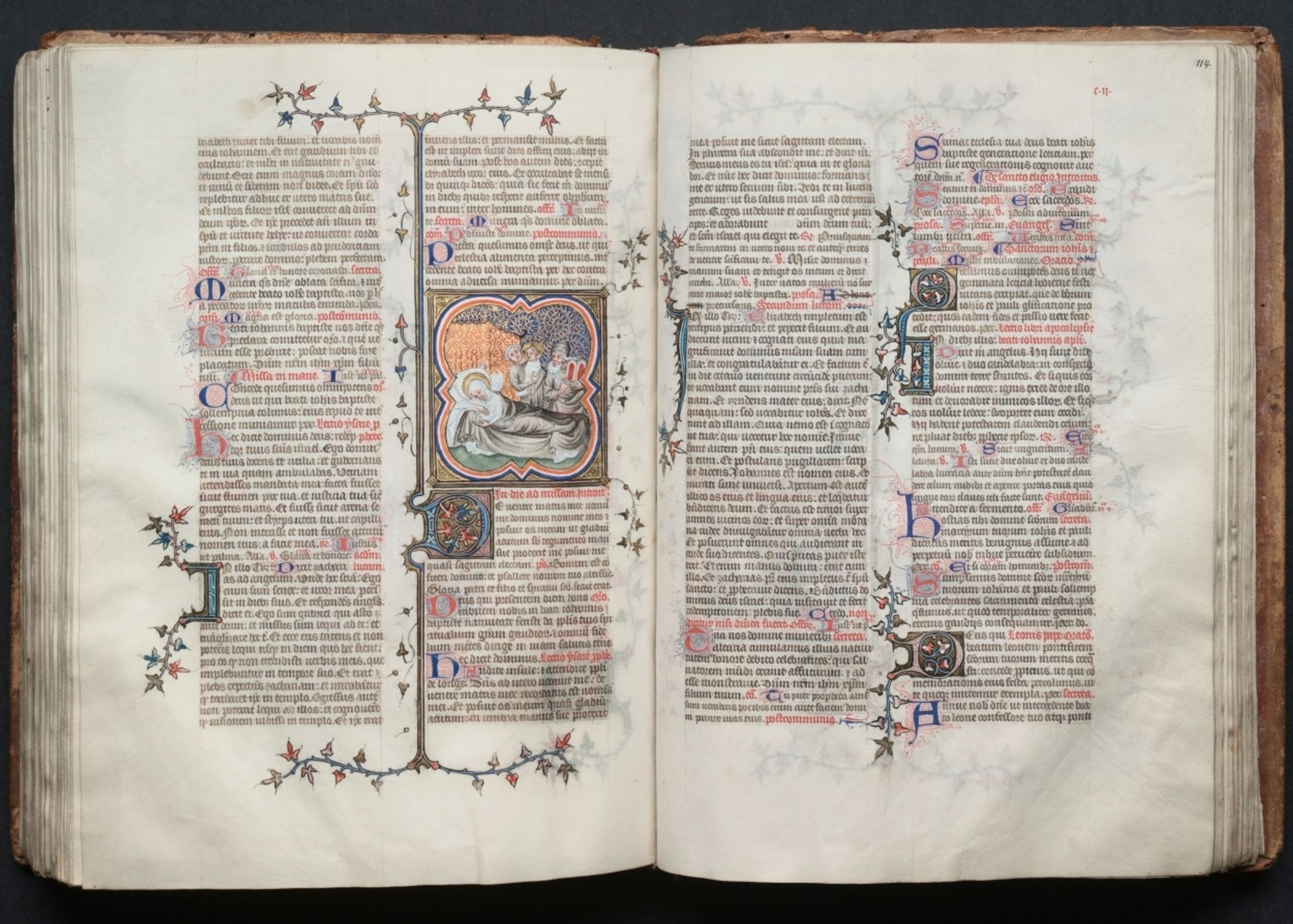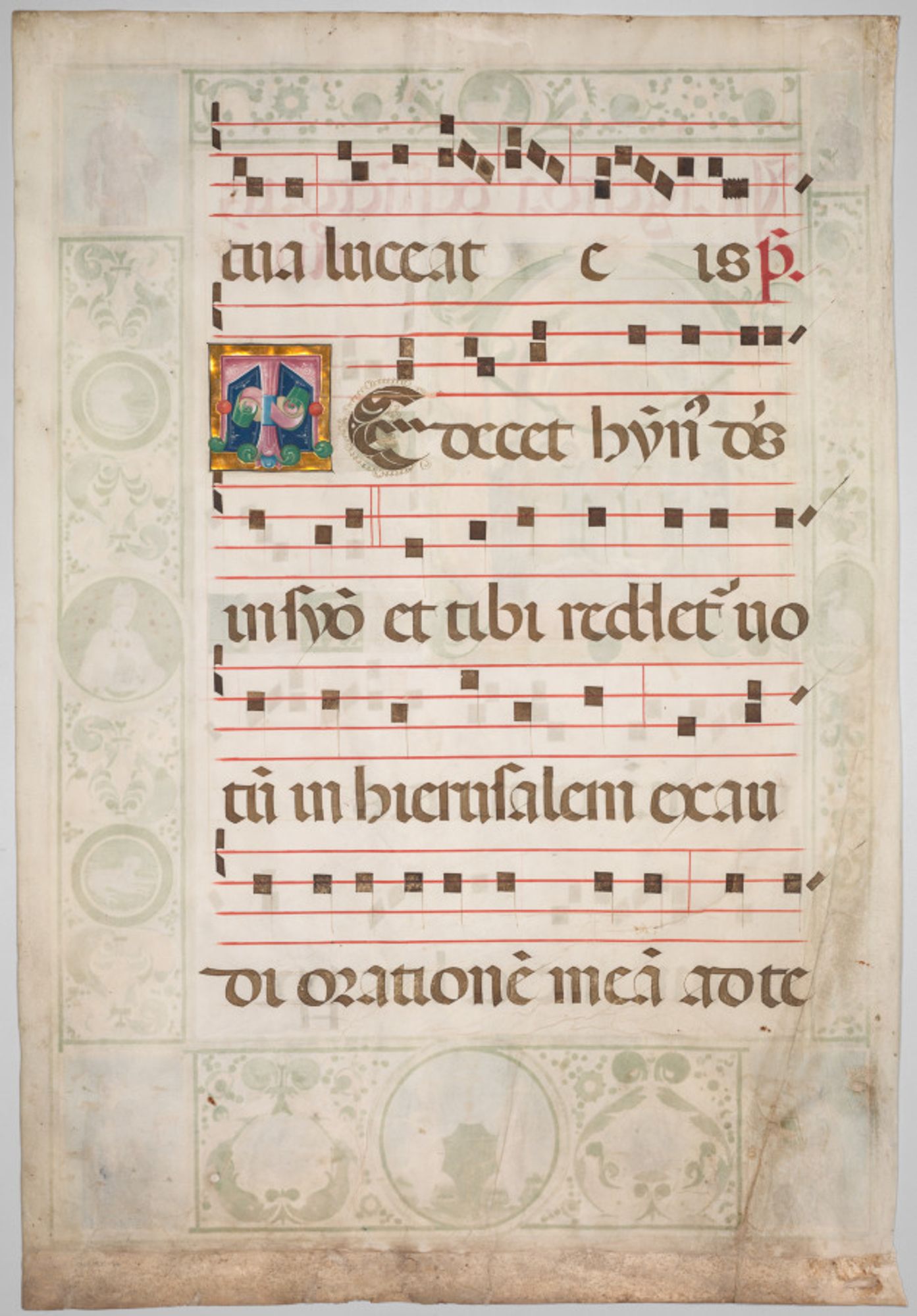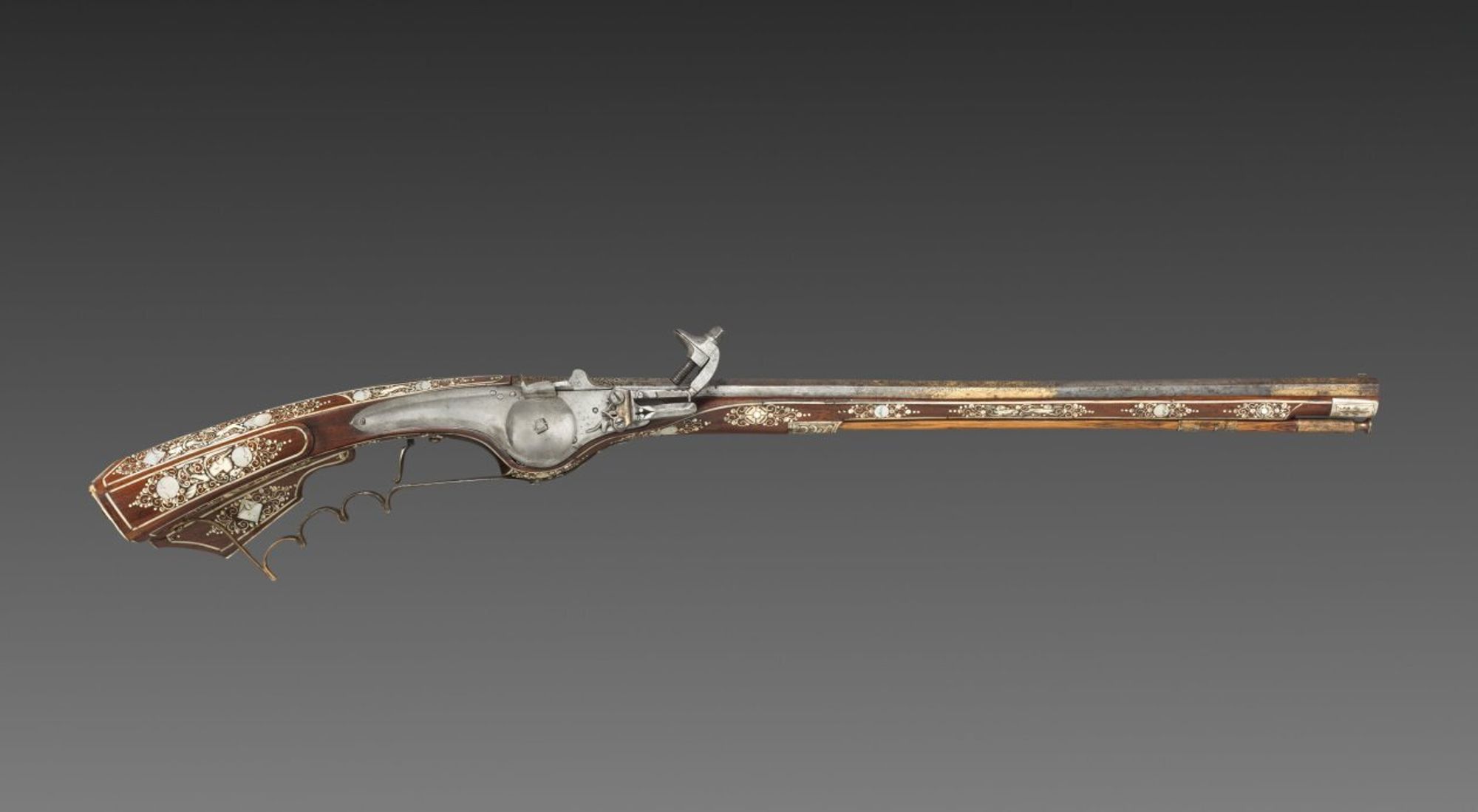
CM
CMA: Medieval Art
@cmamedieval.bsky.social
Sharing public domain works from the Medieval Art department of
the Cleveland Museum of Art.
Automated thanks to @andreitr.bsky.social and @botfrens.bsky.social
259 followers3 following215 posts
Hours of Queen Isabella the Catholic, Queen of Spain: Fol. 177v, St. Sebastian https://clevelandart.org/art/1963.256.177.b
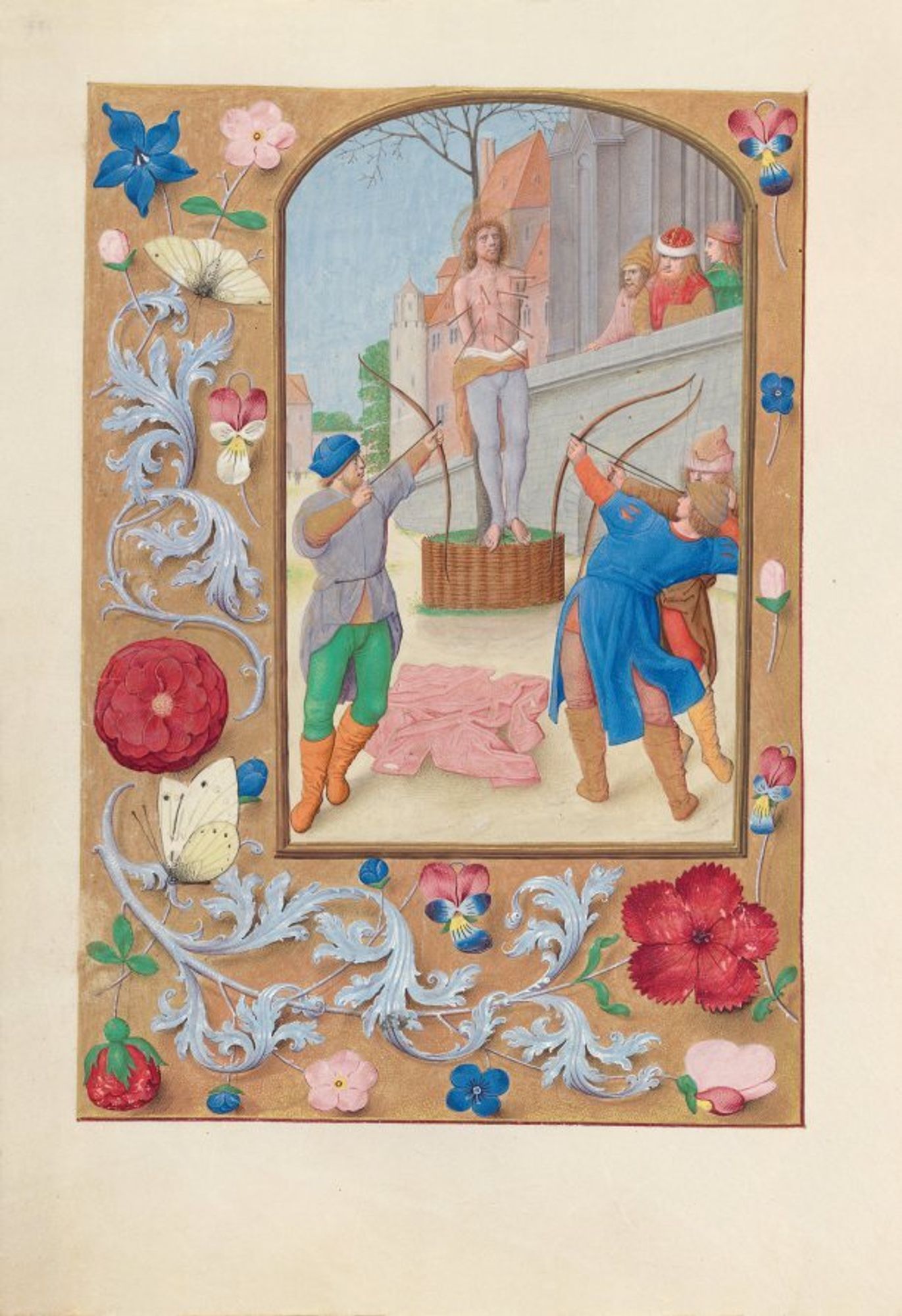
Missale: Fol. 186: Decorated Initial T[e igitur] (full page) https://clevelandart.org/art/2006.154.186.a
![Missale: Fol. 186: Decorated Initial T[e igitur] (full page)](https://cdn.bsky.app/img/feed_fullsize/plain/did:plc:3dly5roasg5ydnifqomx2smy/bafkreiaqj3x4zfnqb36hof2jvrji7icptdefpqtcc3fd3olhbs2lebn6qa@jpeg)
Hours of Queen Isabella the Catholic, Queen of Spain: Fol. 73v https://clevelandart.org/art/1963.256.73.b

Hours of Charles the Noble, King of Navarre (1361-1425), fol. 286v, St. Marcel https://clevelandart.org/art/1964.40.286.b

Hours of Queen Isabella the Catholic, Queen of Spain: Fol. 126v, Nativity https://clevelandart.org/art/1963.256.126.b
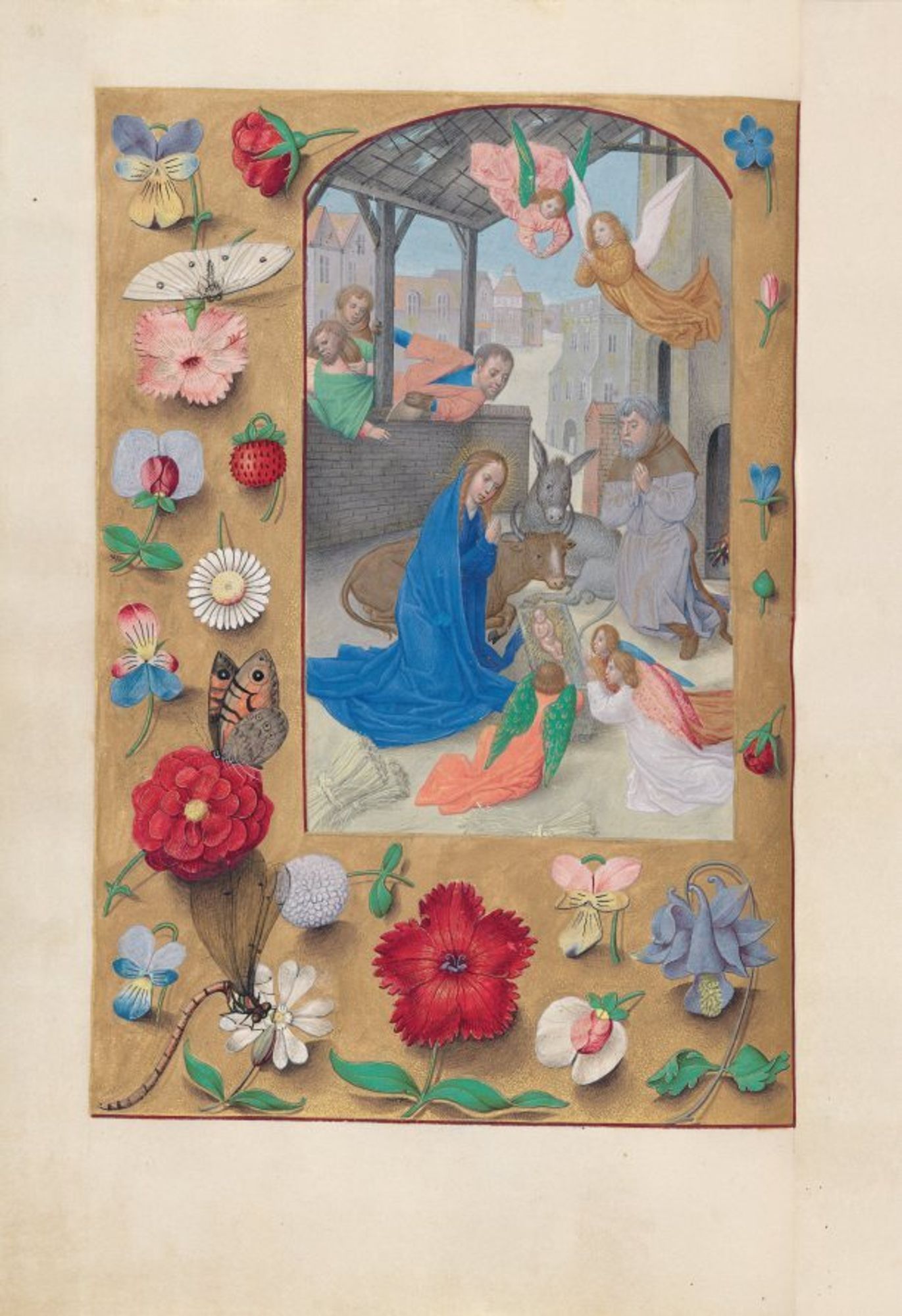
Printed Book of Hours (Use of Rome): fol. 12v, November calendar page https://clevelandart.org/art/2009.276.12.b
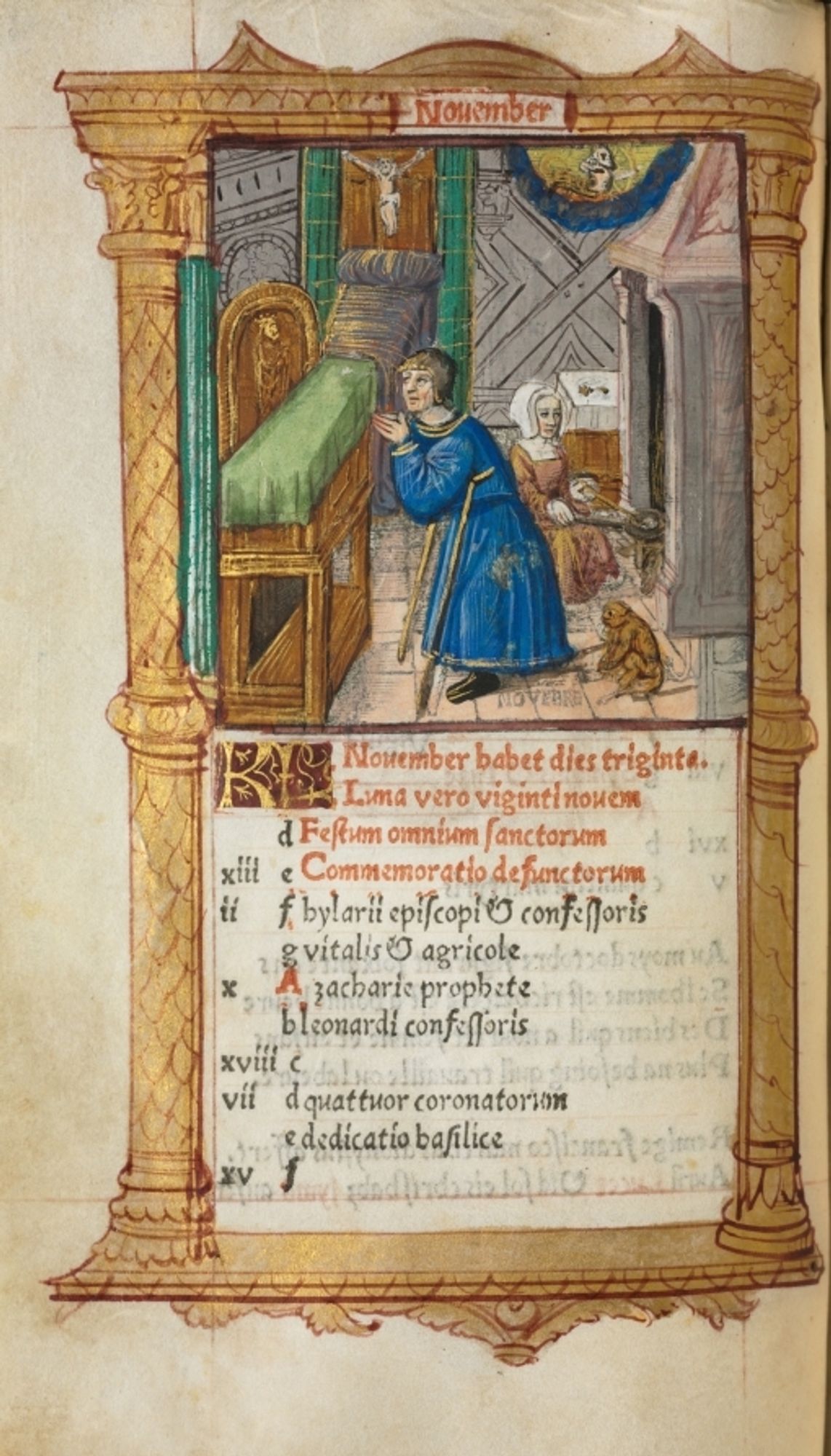

CM
CMA: Medieval Art
@cmamedieval.bsky.social
Sharing public domain works from the Medieval Art department of
the Cleveland Museum of Art.
Automated thanks to @andreitr.bsky.social and @botfrens.bsky.social
259 followers3 following215 posts
